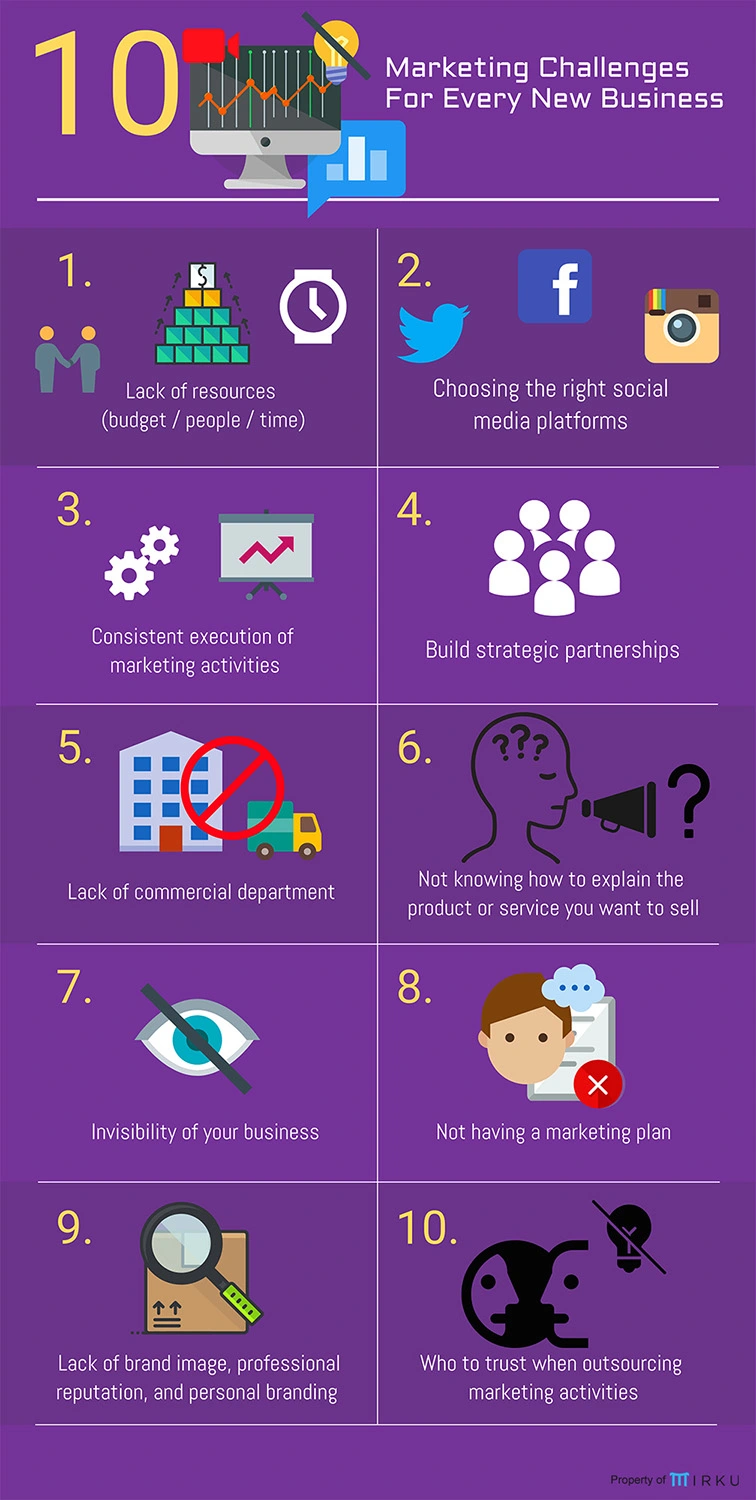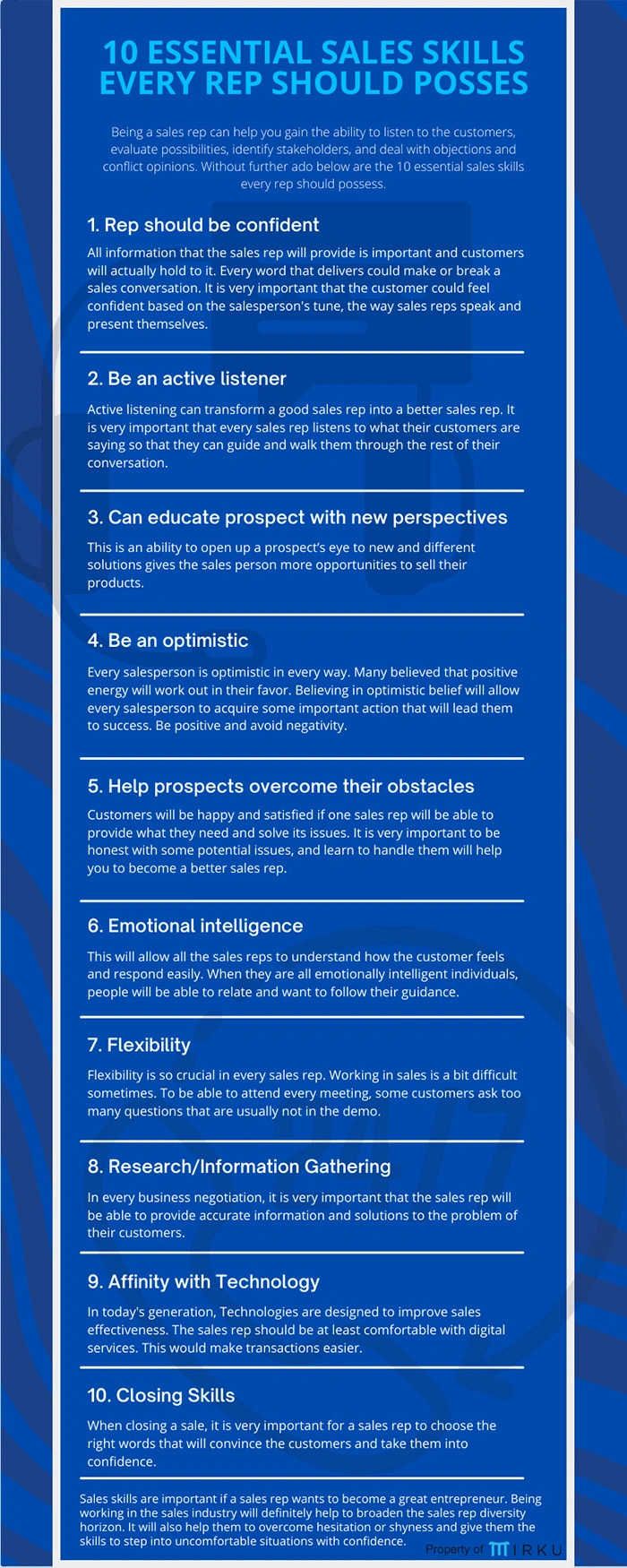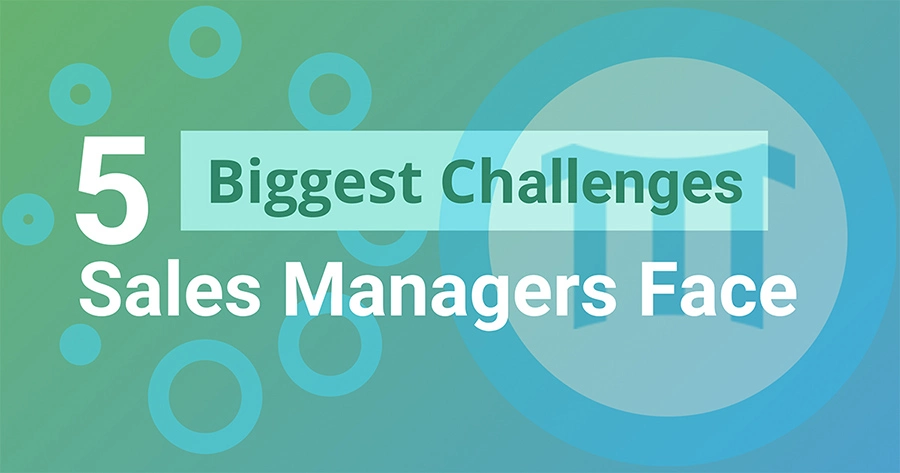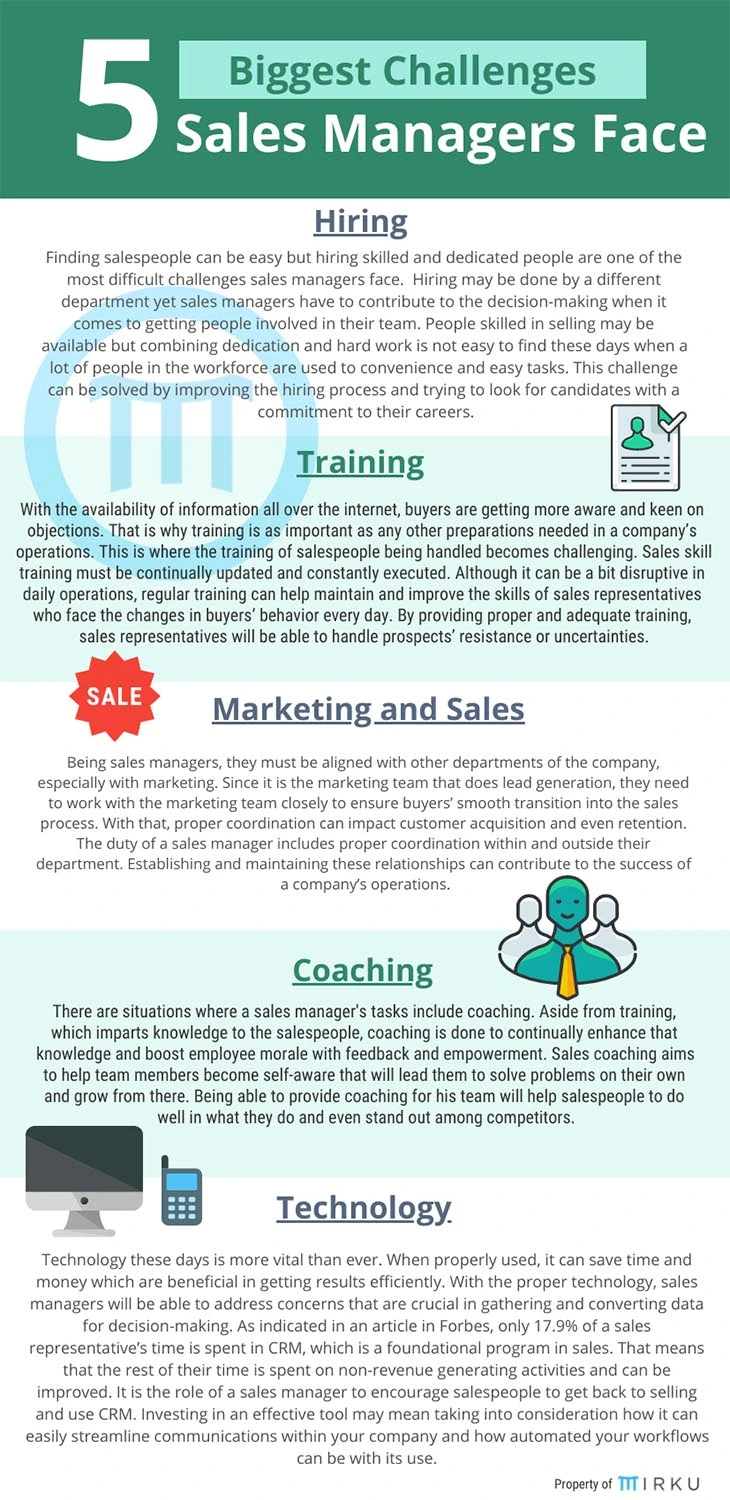Keep your business running with the right marketing strategies.
Marketing strategies help a business achieve sales goals and branding initiatives.and when you’re looking to start your own business, it surely pays to know the variety of tactics that work in attracting the right customers. While most business owners sit it down and find the time to write a marketing plan that makes sense for their business and brand, It is a struggle that not all are equipped to face.
To market a business means making your brand or service visible at all times, on every form of media, until your target demographic and the possible outcomes are achieved. It is a daunting task, but also a worthwhile endeavor when done the right way. Maintaining visibility and name recall are only a few of the marketing challenges a business owner is up against. In an ever changing world powered by fast paced technology, great ideas today may be considered obsolete tomorrow.
What does it take for a business to be constant in growth and attuned with the marketing trends of the present times? The best lessons we learn are the lessons learned through history. That said, let us embark on a journey to know more about what “marketing” truly is for the entrepreneur. Let us begin!
The Marketing Mix
The term “marketing mix” is a foundation model for businesses, historically centered around the four P’s; Product, Price, Place, and Promotion. Over the years the marketing mix has been defined as the “set of marketing tools that a business enterprise uses to pursue its marketing objectives in the target market”. In a nutshell, the four P’s are essential factors involved in marketing goods or service to the public.
The concept of the four Ps has been around since the 1950s; as the marketing industry has evolved, the concepts of people, process, and physical evidence have become important components of marketing a product, too.
In our pursuit of understanding what our business desperately needs to become resilient during these ultra-challenging times, let us backtrack and see what the “marketing mix” has to offer and how it has stayed relevant to all forms of businesses, regardless of scale and size.
The First P: Product
Product refers to a good or service that a company offers to customers. Ideally, a product should fulfill an existing consumer demand. A product may be so compelling that consumers believe they need to have it and thus, it can constantly create a new demand. Successful marketers need to understand the life cycle of a product, and business executives need to have a plan for dealing with products at every stage of their life cycle. The type of product also partially dictates how much businesses can charge for it, where they should place it, and how they should promote it in the marketplace.
A perfect example of a product that continues to create demand throughout the years is the Iphone. Apple was the first to create a touchscreen smartphone that could play music, browse the Internet, and make phone calls. The Iphone was the most wanted breakthrough product in 2007, and in November 2014, seven years after its first release, Apple revealed that it had sold its one billionth iOS device. To date, the Iphone remains the most popular choice in mobile devices in spite of rising competition.
The Second P: Price
Price is the cost consumers pay for a product. Business owners must link the price to the product’s real and perceived value, but they also must consider supply costs, seasonal discounts, and competitors’ prices. In some cases, business executives may raise the price to give the product the appearance of being a luxury. Alternatively, they may lower the price so more consumers can try the product. As a business owner, you would also need to determine when and if discounting is appropriate. A discount can sometimes draw in more customers, but it can also give the impression that the product is less exclusive or less of a luxury compared to when it was priced higher.
When determining a pricing strategy, it is important to consider the business’s position in the current marketplace. There is truth in advertising and your business or product should be advertised as it is rightfully priced.
The Third P: Place
Place refers to where the product/service of the business is seen, made, sold, or distributed. In essence, place decisions or product positioning are associated with distribution channels and ways of getting the product to targeted key customers. It is always an important part of a business marketing strategy to consider how accessible the product or service is and ensure that customers can easily find you. The product or service must be available to customers at the right time, at the right place, and in the right quantity. A business would ideally “position” and provide their products over an e-commerce site, at a retail store, or through a third-party distributor.
When a business owner, or an entrepreneur makes decisions regarding product placement, deploying a marketing strategy that determines where they should sell a product and how to deliver the product to the market is an advantage. The primary goal of a business is always to get products and services in front of the consumers that are the most likely to buy them.
In some cases, this may refer to placing a product in certain stores, but it also refers to the product’s placement on a specific store’s display. In some cases, placement may refer to the act of including a product on television shows, in films, or on web pages in order to garner attention for the product.
The Fourth P: Promotion
Promotion refers to the activities that make the business more known to consumers. It includes items such as sponsorships, advertising, and public relations activities. In this digital age, the “place” and “promotion” factors are as much online as they are offline. Specifically, where a product appears on a company’s web page or social media, as well as which types of search functions trigger corresponding, targeted ads for the product. However, promotion costs can be substantial, thus it is essential to conduct a break-even analysis when making promotion decisions.
Promotion includes everything from advertising, public relations, to active promotional strategy. The goal of promoting a product is to reveal to consumers why they need it and why they should pay a certain price for it. A proven strategy is to tie promotion and placement elements together so they can reach their core audiences but it is equally important to understand the value of a customer and whether it is worth conducting promotions to acquire them.
When it comes to creating a solid and strategic marketing mix, it’s important to understand how the 4Ps of marketing fit into the whole picture. The 4 P’s of Marketing are key marketing elements used to position a business strategically and are variables that managers and owners control to satisfy customers in their target market, add value to their business, and help differentiate their business from competitors.
At Tize, we integrate the 4 P’s of marketing and make it work for your business. We go with your business, hand in hand, to develop and create niches specifically for your type of business for maximum gain and less risk.
Join us at Tize, and together we’ll never bow down to any business challenge we face.









